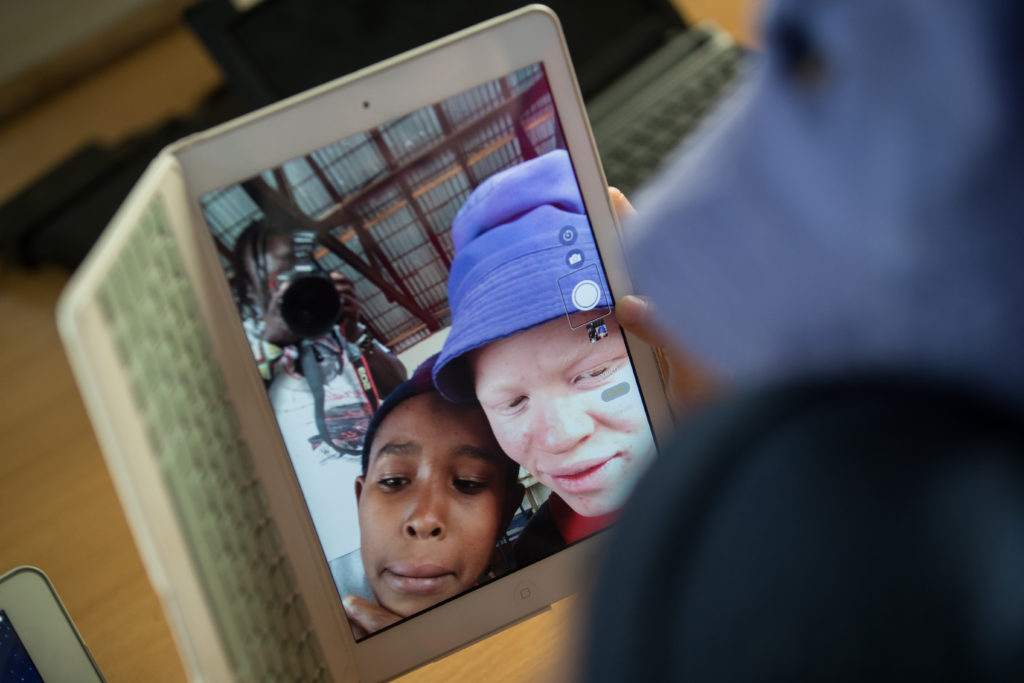Best Practices For Enhancing Accessibility On Social Media
inableAdmin

The beauty of social media is that it connects all of us beyond time zones, continents, languages, food, and cultures. Many people love expressing themselves online (Facebook, Twitter, Instagram, LinkedIn, YouTube, TikTok, and Snapchat). However, people with disabilities experience so many barriers to accessing these platforms, and we, therefore, need to be thoughtful and inclusive allowing access for all, online and offline.
It allows them to engage in serious discourse about disability inclusion through Twitter threads or unwind with fun, quirky, trending TikTok videos or Instagram Reels. Here are a few tips to help you improve the social media experience for people with disabilities, whether you’re an organization, a corporate, or a creative content creator. Register now for the Inclusive Africa Conference 2023 and learn more about how to be more inclusive.
- Use alternative text (Alt Text) or image descriptions to adequately describe all images you upload on social media, including Gifs. Use simple sentences and describe unique details that stand out to you. Apart from Twitter’s word limit, you can also add the image description within the main post in case screen readers can’t easily access the alt text.
- For video content, please include an audio description before the main video starts for people with visual impairments. Also have subtitles, closed captions, and a sign language interpreter embedded on your videos to assist people with hearing impairments to follow the conversations. Also add a video transcript because screen readers can read it, and people with hearing impairments can read the text.
- Use inclusive design approaches for images (check contrast test) for social media posters and video subtitles so that people with low vision can easily read and engage with the video or image.
- Include trigger warnings if your social media content deals with sensitive topics with violent language and warn about flashing lights and moving colors etc. It allows people to decide if they want to engage with your content and adequately prepares them.
- Minimise the number of emojis you use on social media posts, so that screen readers don’t tire out visually impaired learners by reading out repetitive emojis.
- On the different social media platforms, look for the accessibility page to get detailed information about accessibility features. Follow the accessibility social media pages on Twitter to get quick updates about new tips. (Twitter Accessibility: https://twitter.com/TwitterA11y )
- Always ask for permission and get a second opinion from people with disabilities about their accessibility needs (images or video) before publishing the post online.
- Follow and engage with relevant disability organisations like inABLE, disability advocates and disability allies to better understand what type of content is acceptable and to help you refrain from using ableist language (crazy, lame) that might easily offend people with disabilities.
We’d love to hear from you if you have more accessibility tips that you’re using on social media. Leave us a comment online and tag us on Facebook, Twitter, LinkedIn or Twitter.
Written by: Linda Wairegi, Multimedia Project Manager, inABLE